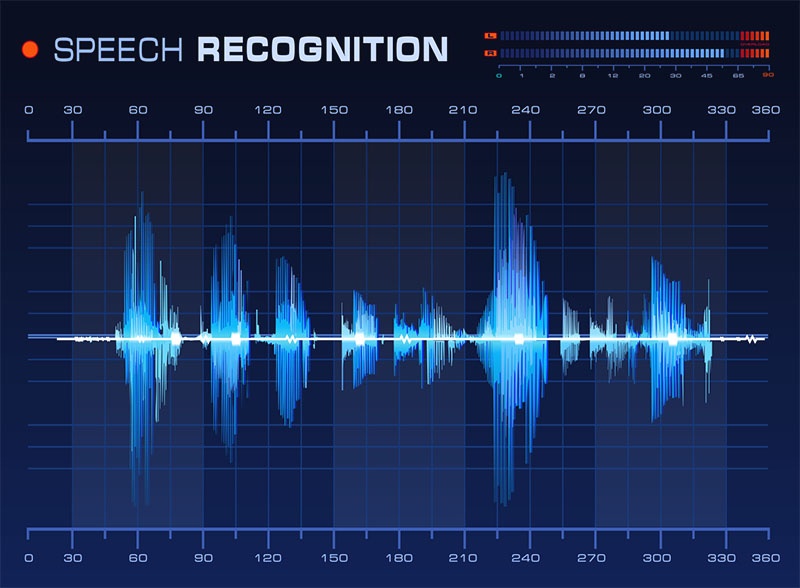 When we hear the word “voice” in the news, our ears perk up. And with the prevalence of cyber attacks these days, when we hear the word “voice” and “security”, our ears doubly perk up. As such, the news that voice biometrics could reduce UK fraud by making it more difficult for criminals to do their groundwork via contact centres had us listening, albeit not surprised. Contact centres are often a security weak spot, with fraudsters able to glean personal information through social engineering techniques.
When we hear the word “voice” in the news, our ears perk up. And with the prevalence of cyber attacks these days, when we hear the word “voice” and “security”, our ears doubly perk up. As such, the news that voice biometrics could reduce UK fraud by making it more difficult for criminals to do their groundwork via contact centres had us listening, albeit not surprised. Contact centres are often a security weak spot, with fraudsters able to glean personal information through social engineering techniques.
You will probably have noticed that businesses haven’t really turned to voice technology to reduce contact centre fraud. Even for companies in sectors reliant on contact centres, the take-up is relatively low. One report we found said that 76% of telcos and 74% of banks still use security questions for authentication at the contact centre.
Voice is however a convenient alternative method of authentication: voices are difficult to copy, having thousands of different characteristics. But what is voice biometrics?
What is voice biometrics?
Voice Biometrics is essentially a voice signature, allowing customers to “speak on the dotted line”.
Voice Biometrics software identifies a person through their unique voiceprint. In the same way that everyone has a unique fingerprint or retina, voice biometrics technology is used to identify a person through their voice patterns.
Each person’s voiceprint is created based on the physical characteristics of the throat and mouth and this is then used by the system to validate their identify on subsequent phone calls.
No two voices are the same; even identical twins have different voice patterns. This is why we can recognise our partner’s and friends’ voices quickly and with a high degree of certainty. Most of us can probably also identify our boss and several work contacts within seconds.
How does it work?
Voice Biometrics uses each customer’s voice as their spoken identifier, measuring characteristics such as pitch and rhythm to create a “fingerprint” unique to that voice.
These voiceprints are made using voice biometrics technology that analyses more than 50 unique physical traits of the vocal tract, such as mouth shape and size, nasal passages, as well as behavioural factors including pronunciation, emphasis, speed of speech and accent. This enrolment process is usually carried out automatically via a voice portal, where customers call a number and are guided through the process of providing enough speech to create a voiceprint.
The contact centre uses their existing call recording systems to create a unique voiceprint for every customer and stores them in a Customer Voiceprint Database (this can be done through a process known as passive enrolment, meaning the customer is not required to do anything). The system stores no actual voice recordings, so even in the unlikely event that someone gets access to the system, they are no closer to making fake calls. Once a voiceprint is created, the system requires just a small sample of speech to identify someone, and this is usually provided by a normal initial meet and greet dialogue.
When the customer calls again, a matching algorithm is used to compare new voice data with existing data on file. A decision process is then employed to make a system-level decision on customer authentication. If a match is verified then the customer is authenticated, usually within 10 seconds.
The Voice Biometrics system also stores the voiceprints of known fraudsters in a database and screens incoming calls, proactively notifying the live agent and/or fraud management system upon detection. The key to this new generation of voice biometrics is its “passive” operation - calls are silently screened, and no additional questions are needed to match voiceprints.
Cool? We think so.
About VTSL
VTSL is an award-winning unified communications provider specialising in business VoIP phone systems for organisations with between 10-200 employees. With per user pricing, bespoke sector solutions, CRM integration and the friendliest support team around, VTSL retains 98% of customer year on year. For more information, contact the leading IP business phone system provider by clicking here.

